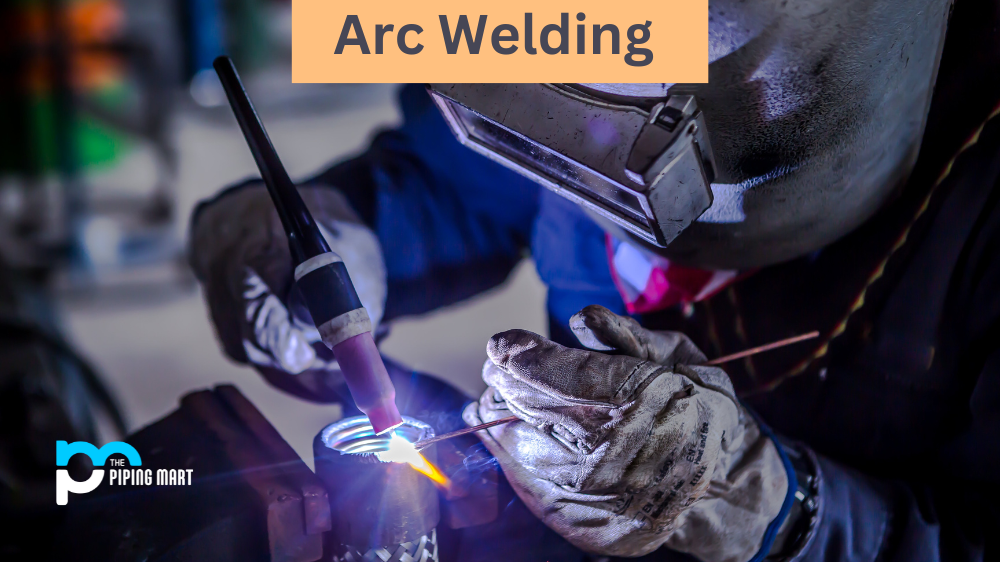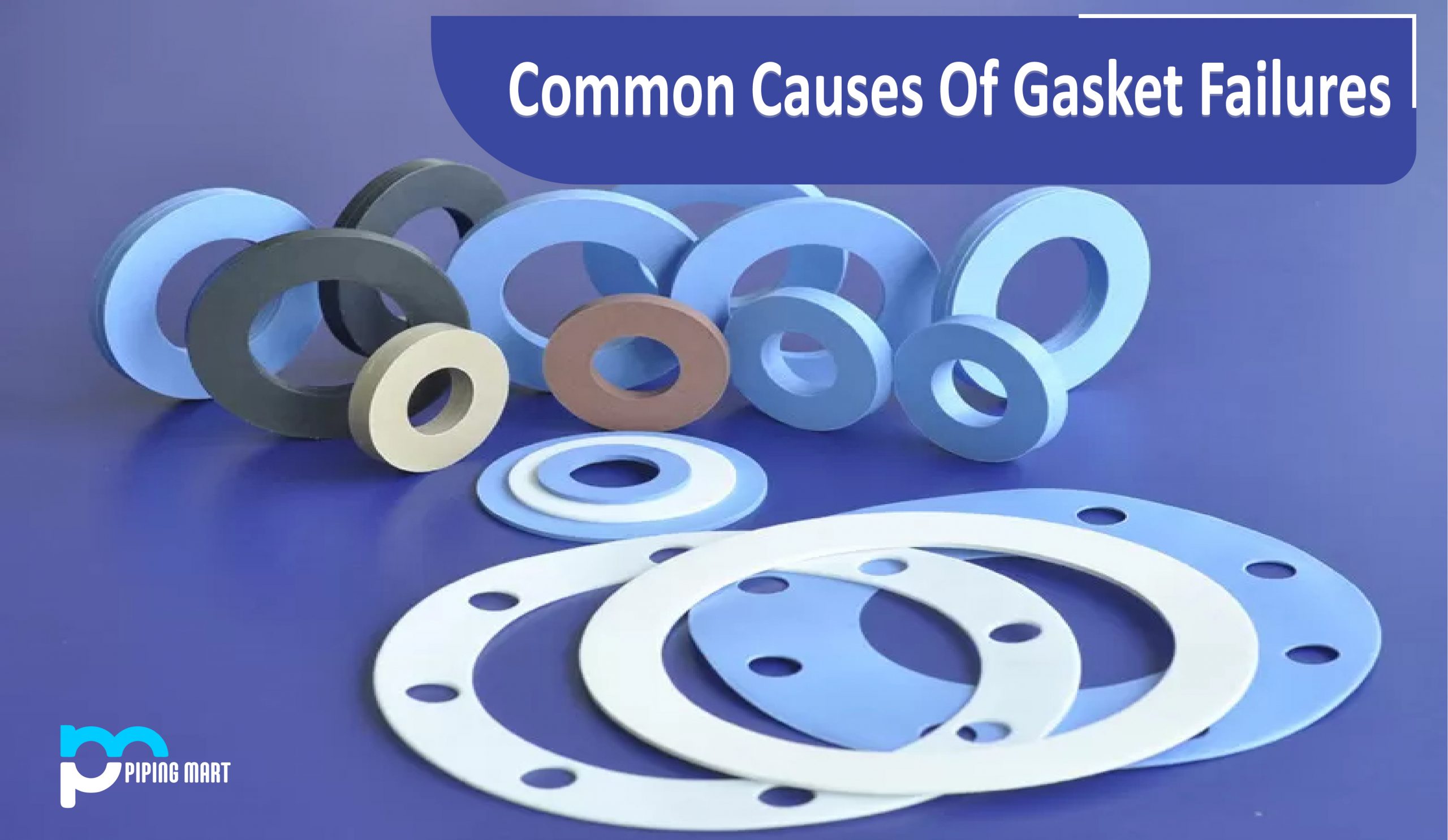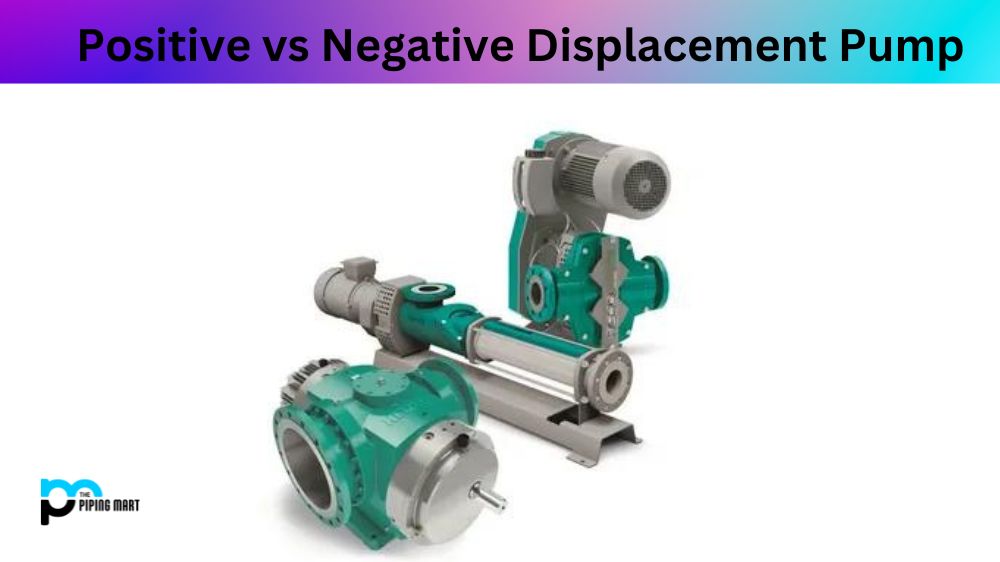Arc welding, also known as arc welding or shielded metal arc welding (SMAW), is a process used to join two pieces of metal together using electricity. This type of welding is particularly effective in situations where access to the weld site may be limited. It can also be used in different locations and with a variety of metals, making it one of the most versatile methods of joining two pieces of metal together. Let’s take a closer look at how arc welding works and why it might be the right choice for your business.
What is Arc Welding?
Arc welding is a process of connecting metal pieces together through the use of electrical currents. During the operation, a welding arc is created between an electrode and the workpieces to be welded, resulting in the melting and coalescing of materials. The important elements of successful arc welding include current, electrode angle, voltage, travel speed, and the type and size of electrodes used. Welders must take these factors into consideration when determining how to join two or more pieces together; this includes evaluating the type of material being joined as well as considering technique adjustments based on joint geometry or design. Arc welding has many applications, such as piping construction and vehicle manufacturing.
How Does Arc Welding Works?
Arc welding is essentially an electric current that passes between two electrodes – one positive and one negative – in order to generate heat that melts the two pieces of metal together. The heat generated by this process is much higher than what can be achieved with other types of welding, such as oxy-fuel or MIG/MAG welding, allowing for deeper penetration into the material being worked on. This makes it ideal for working on thicker materials such as steel or titanium.
The main components involved in arc welding are the power source, work clamp and electrode holder, which provide electrical power to melt the metal and create an electrical connection between them; a spot welder that helps control the flow of current; and an inert gas such as argon or carbon dioxide that helps protect the molten weld from oxidation while it cools. In some cases, flux-cored wire electrodes may be used instead of solid rods in order to make more efficient use of energy and reduce spatter when working on thin materials.
Arc Welding Process
Step 1
Get the right equipment – In order to weld properly, you need to have the right equipment. This includes an arc welder, welding rods, a welding mask, and gloves. You can purchase all of this equipment at your local hardware store or online.
Step 2
Choose the right location – When welding, it is important to choose a location that is well-ventilated and free from flammable materials. Welding in an enclosed space can be dangerous, as fumes from the welding process can build up and lead to an explosion.
Step 3
Set up your equipment – Once you have all of your equipment, you need to set it up in the correct order. First, connect the negative lead of the welder to the metal you will be welding. Next, connect the positive lead of the welder to the electrode holder. Finally, attach the ground clamp to a nearby ground source such as a water pipe or metal post.
Step 4
Put on your safety gear – Before beginning to weld, it is important to put on all of your safety gear. This includes your welding mask, gloves, and any other protective clothing you may have.
Step 5
Begin welding – Once you have everything set up and are wearing your safety gear, you are ready to begin welding. To do this, simply strike an arc between the metal you are welding and the electrode holder. Once the arc is established, move the electrode holder along the seam of the metal you are welding
Arc Welding Uses
Arc welding has many uses across a wide range of industries, including automotive manufacturing, aerospace engineering and construction. It can be used to repair broken parts or build new structures from scratch, making it an invaluable tool for any business looking to increase efficiency and reduce costs. Additionally, its ability to work with a variety of metals means that it can be used in almost any situation where two pieces need to be joined together quickly and effectively. Finally, its portability allows arc welders to move easily around their workspace without having to worry about carrying heavy equipment or dealing with long set-up times.
Working with Arc Welders
When working with an arc welder, you must always wear proper safety gear such as goggles or a face shield to protect your eyes from sparks; gloves to protect your hands from burns; long sleeve clothing; and closed-toe shoes for foot protection from hot slag or molten metal spray. Additionally, earplugs or headphones should always be worn when operating noisy machinery like an arc welder.
Conclusion:
Arc welding is an incredibly versatile process that can help businesses save time and money by joining two pieces of metal quickly and efficiently without sacrificing quality or durability. Its portability means that it can easily adapt to different workspaces while still providing strong welds with minimal effort required from the operator. If your business needs a reliable way to join two pieces of metal together quickly without compromising on quality, then arc welding might just be right for you!
Meet Heer, a dynamic and driven writer learning tricks of her trade in the metal industry. With a background in Digital Marketing, Heer brings a unique perspective to her writing, sharing valuable insights. Apart from blogging she like reading and hiking.




